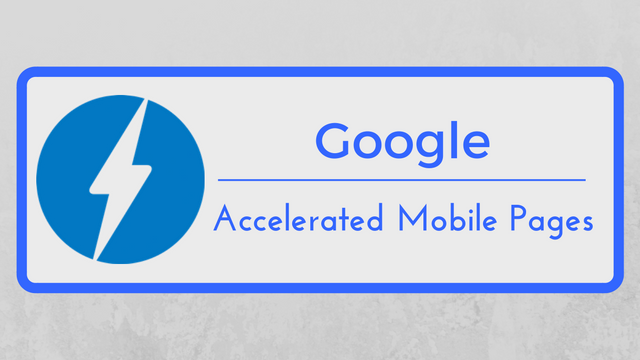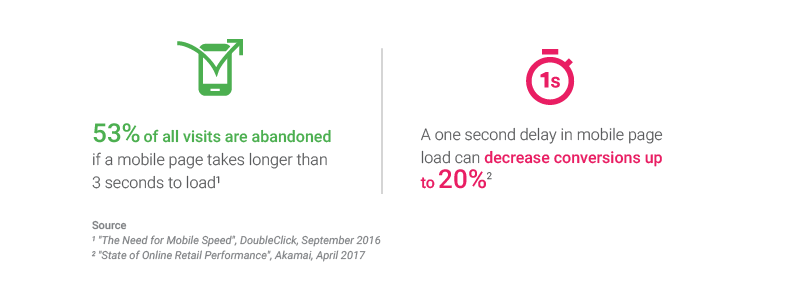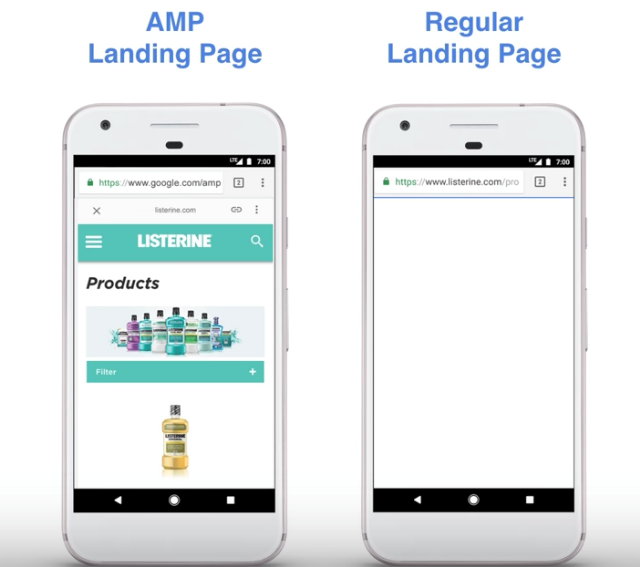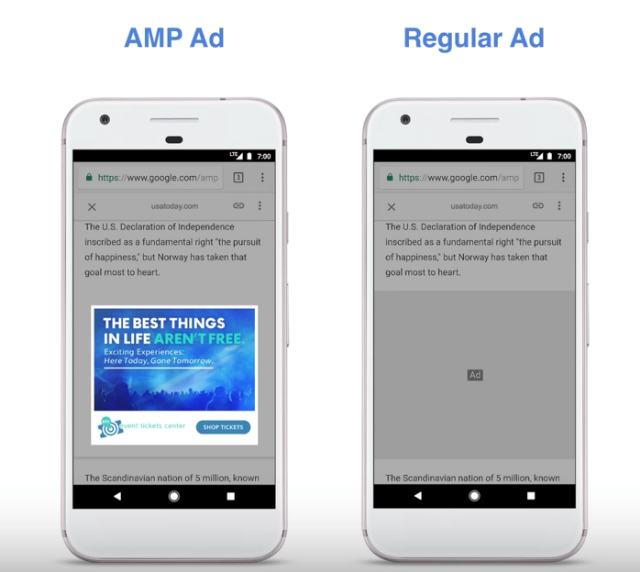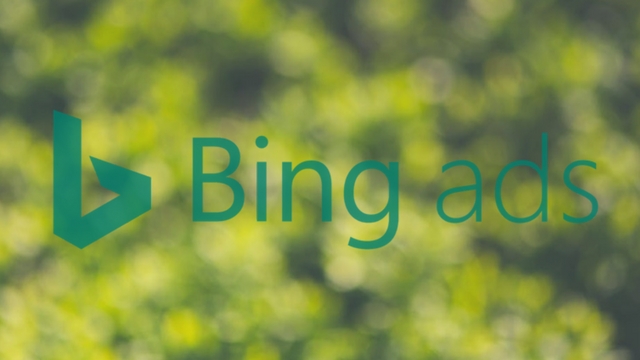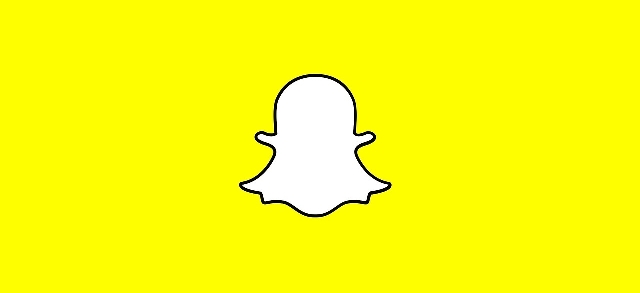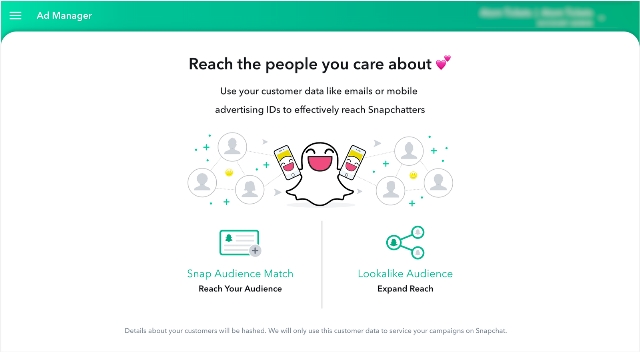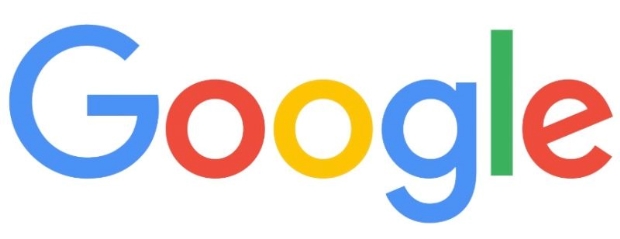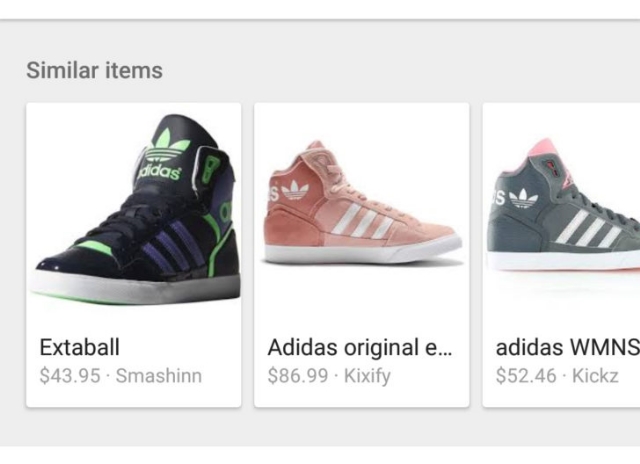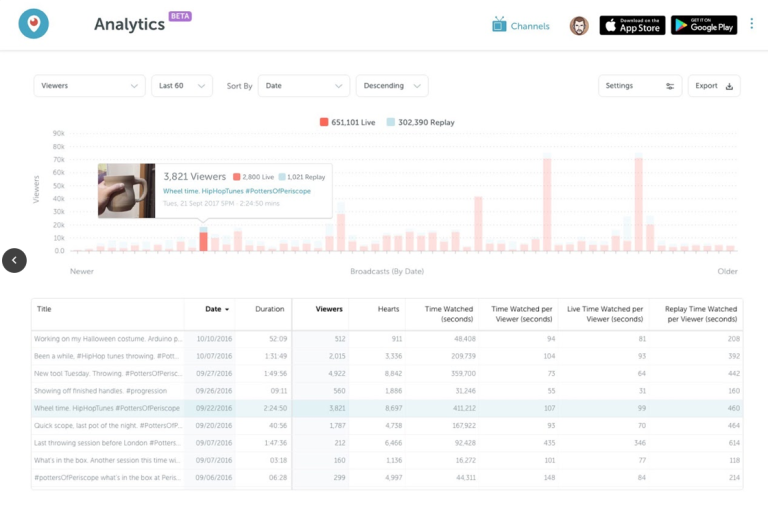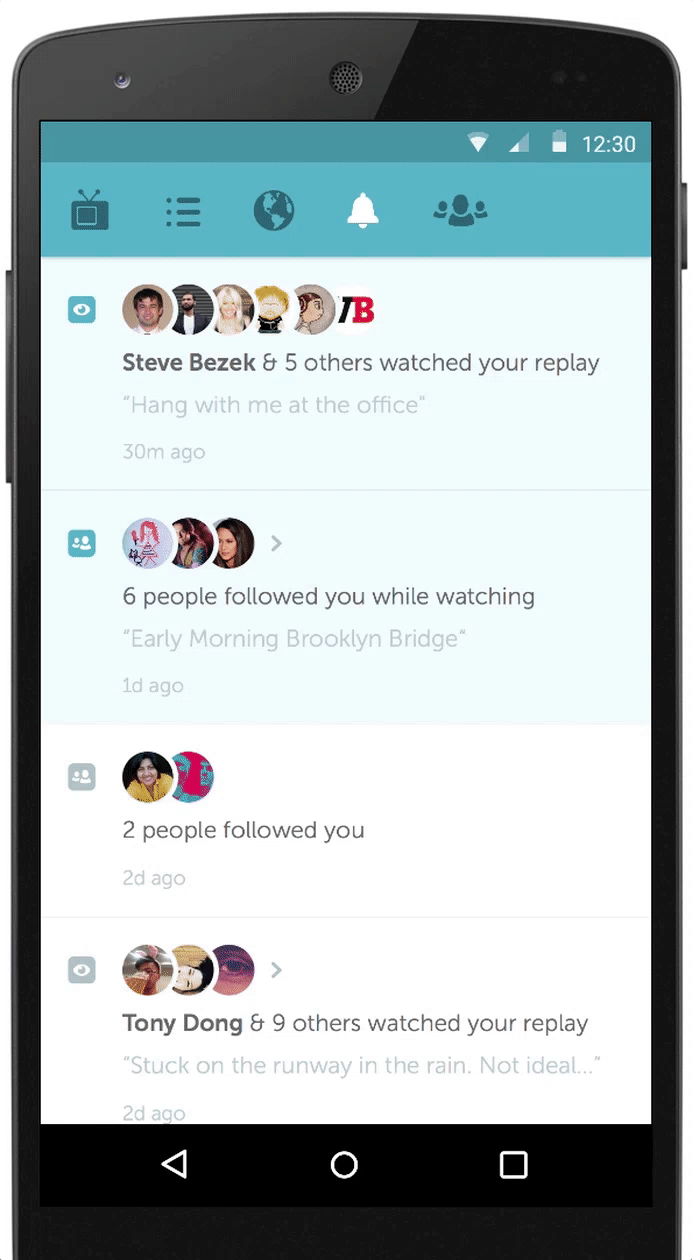Pinterest has become one of the most reliable social media sites for retailers and brands hoping to gain a following, so it should be no surprise it is also developing one of the most extensive advertising platforms.
Over the past year, the social network has expanded its ad platform in several ways, including partnering with Kenshoo and improving their visual search functions. Still, many have been hesitant about investing heavily in an ad service that isn’t run by Facebook or Google.
There are perhaps several reasons Pinterest’s ad service has seen relatively slow adoption by most online brands, but the biggest is probably the most simple: it’s different. Instead of following the established systems of the other big online ad platforms, Pinterest has strived to maintain the visual nature and originality that have been central to its entire service.
While this may make their ads less obnoxious and more cohesive with Pinterest’s normal content, it also creates a hurdle for advertisers who don’t understand exactly what is being offered or how the ad service works.
To help make everything clear, Croud put together a suitably visual guide explaining Pinterest’s platform, why marketers are using the platform, and what options are open to marketers of every level – from Fortune 500 to “mom and pop”. Find out what the deal is with Pinterest ads below or click the image to view the full-size version:



